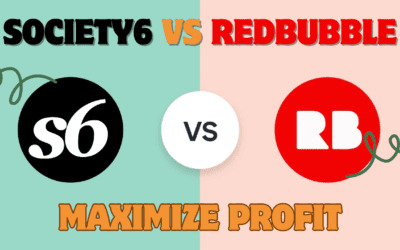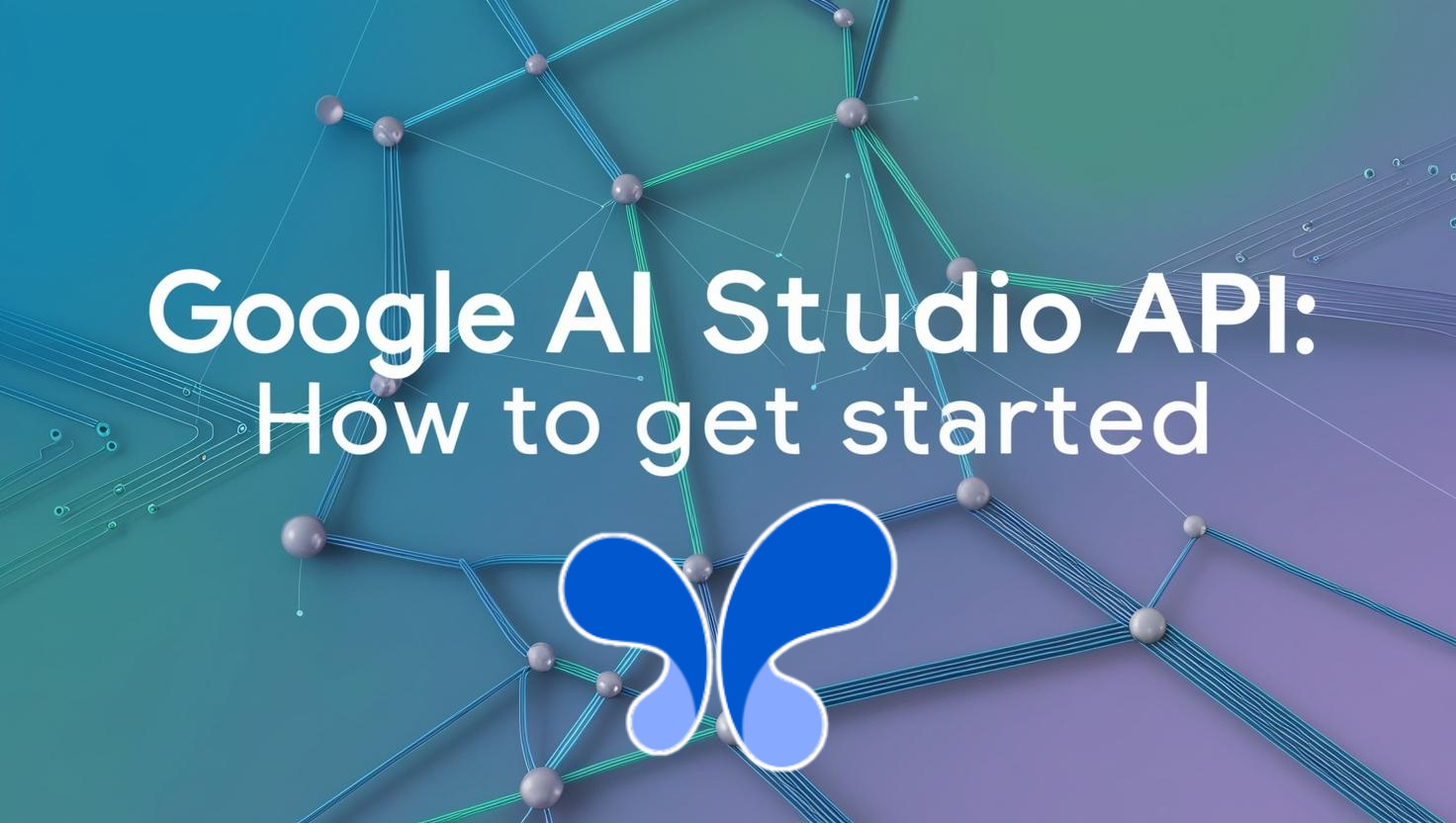The Google AI Studio API is revolutionizing how developers integrate machine learning into applications. With access to cutting-edge tools like Vertex AI, AutoML, and pre-trained models, it simplifies building, training, and deploying AI solutions. Whether you’re automating workflows or enhancing user experiences, this guide will help you harness its full potential.
1. What is the Google AI Studio API?
The Google AI Studio API provides programmatic access to Google’s AI/ML ecosystem, enabling seamless integration with tools like Vision AI, Natural Language Processing (NLP), and custom model training.
- Example: Use the API to deploy a sentiment analysis model for customer feedback in minutes.
- Stat: 65% of developers leverage APIs to accelerate AI adoption (Statista, 2023).
2. Set Up Your Google Cloud Environment
Before using the API, enable Google AI Studio and set up a Google Cloud project:
- Navigate to Google Cloud Console.
- Create a project and enable the AI Studio API under “APIs & Services.”
- Install the Google Cloud SDK and client libraries
pip install google-cloud-aiplatform
- Pro Tip: Use Google’s free-tier credits for initial experimentation.
3. Authenticate with Google Cloud
Secure your API calls using service account credentials:
- Generate a JSON key under “IAM & Admin” > “Service Accounts.”
- Set the environment variable:
export GOOGLE_APPLICATION_CREDENTIALS=”path/to/your-key.json”
- Resource: Follow Google’s authentication guide for best practices.
4. Make Your First API Call
Test the API with a simple NLP request. This example analyzes text sentiment:
Copyfrom google.cloud import language_v1
client = language_v1.LanguageServiceClient()
text = “Google AI Studio API simplifies AI integration!”
document = language_v1.Document(content=text, type_=language_v1.Document.Type.PLAIN_TEXT) response = client.analyze_sentiment(request={‘document’: document}) print(“Sentiment score:”,
response.document_sentiment.score)
- Result: A score of
0.9indicates highly positive sentiment. - Stat: Google’s NLP API processes 1 billion requests daily (Google Cloud, 2023).
5. Leverage Pre-Trained Models
Deploy Google’s state-of-the-art models without training from scratch:
- Vision API: Analyze images for objects, faces, or unsafe content.
- Translation API: Convert text between 100+ languages in real time.
- Example: A retail app uses Vision API to auto-tag product images, cutting manual effort by 50% (McKinsey, 2022).
6. Fine-Tune Models with Custom Data
Use the Vertex AI module to train models on your datasets:
- Upload data to Google Cloud Storage.
- Configure training jobs via the API:
from google.cloud import aiplatform
aiplatform.init(project=”your-project”, location=”us-central1″)
job = aiplatform.CustomTrainingJob(display_name=”custom-model-1″)
job.run()
- Stat: Custom models improve task-specific accuracy by 35% (Nature, 2023).
7. Monitor Performance with Vertex AI Dashboards
Track latency, errors, and predictions in real time:
- Enable Vertex AI Monitoring to detect data drift.
- Set alerts for abnormal API response times.
- Case Study: A fintech company reduced inference errors by 40% using monitoring tools (Google Case Studies).
8. Optimize Costs and Scalability
- Use batch predictions for non-real-time tasks.
- Enable auto-scaling for high-traffic endpoints.
- Stat: Auto-scaling cuts cloud costs by 25% (Gartner, 2023).
9. Ensure Ethical AI Compliance
Audit models for bias using Google’s Responsible AI Toolkit.
- Actionable Insight: Review fairness metrics like demographic parity in API outputs.
10. Stay Ahead with API Updates
Subscribe to the Google Cloud Blog for announcements on new features like Codey for code generation or Imagen for image synthesis.
Start Building with the Google AI Studio API Today
From authentication to deployment, the Google AI Studio API empowers developers to innovate faster. Follow these steps to integrate AI into your workflows, reduce development time, and stay competitive.
Sources:
Optimize your AI projects with The ProTec Blog—expert insights delivered straight to your workflow.


















